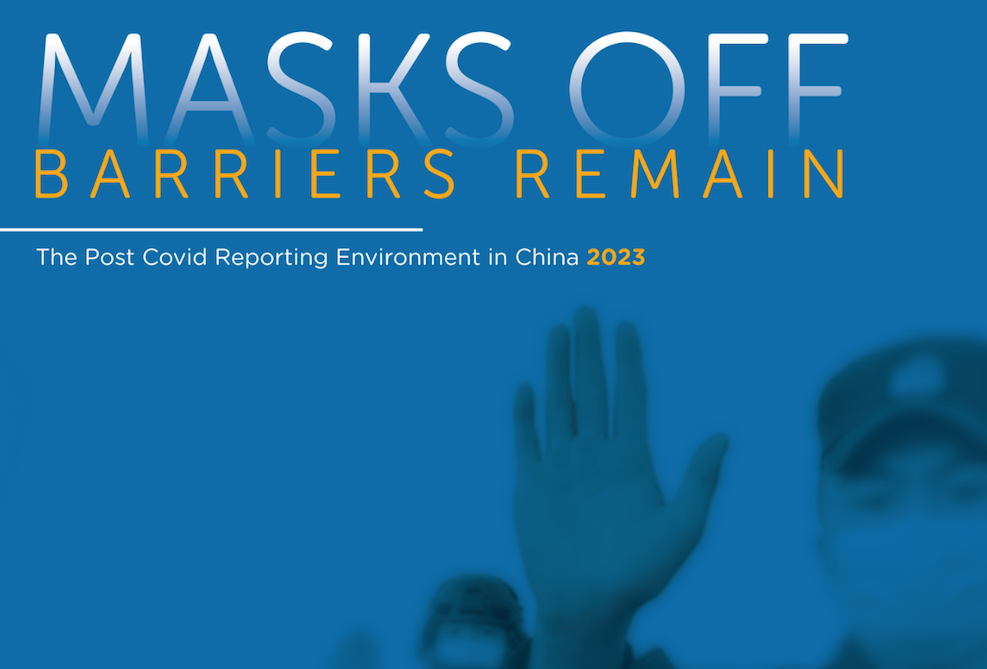By Tsering Dhundup
DHARAMSHALA, April 15: Conditions for foreign journalists in China continue to deteriorate, with challenges ranging from visa issues to surveillance and harassment. A recent survey report titled ‘Masks Off, Barriers Remain’ conducted by the Foreign Correspondents’ Club of China (FCCC) highlights both the persistent hurdles faced by foreign journalists and the subtle shifts in the landscape.
The annual survey, which gathers insights from over 155 correspondents representing various regions worldwide, found that 81% of respondents acknowledged a modest improvement in reporting conditions. Nonetheless, nearly all journalists expressed that the current environment falls short of international standards.
According to the report, key challenges persist for foreign journalists in China, particularly concerning the acquisition of long-term visas, leading to understaffing issues at foreign news bureaus. Reporters often face obstruction from police or government officials during assignments, and instances of harassment are common, especially in sensitive regions such as East Turkistan (Ch: Xinjiang) and border areas.
The FCCC’s latest report, based on 101 responses, shows visa accessibility as a major concern. Approximately one-third of respondents indicated their bureaus suffer from understaffing due to challenges in visa extension or acquisition. Notably, Chinese authorities predominantly issue short-term visas, with only one U.S. outlet accredited in 2023, and Canadian media lacking a resident reporter in China for four consecutive years.
More than half of the journalists who took part in the FCCC annual survey said they had been “obstructed” at least once by police or other officials, while 45% encountered obstruction by unidentified persons, the report said. “In Ch: Xinjiang, we were followed the entire time,” the report quoted a European journalist as saying. “It was particularly unpleasant in Hotan, where we counted about half a dozen plainclothes following us by car or on foot.”
Instances of journalists being impeded from reporting or filming by authorities were widespread, especially in East Turkistan (Ch: Xinjiang), Tibet and other border regions. Plainclothed individuals were documented warning people against speaking with journalists, and instances of surveillance and intimidation tactics were reported.
The FCCC’s report also highlights the prevalence of “tea invitations” or informal meetings where Chinese officials engage with foreign journalists to discuss their coverage. While these encounters are typically described as “cordial”, they may serve as a subtle form of intimidation.
More than 80% of journalists in their responses observe sources declining interviews or requesting anonymity because they didn’t have prior permission from their superiors to speak to foreign media. Fear of reprisals is even being felt among experts, pundits and commentators according to the report. Nearly all those surveyed said they believe they are targeted with digital surveillance through communication apps or that their homes or offices are bugged. Four of those surveyed said that officials referenced information that could have been known only if the authorities had access to private accounts or devices.
The FCCC in its report emphasised that such restrictions and harassment hinder media from presenting a comprehensive and nuanced portrayal of life in China. Consequently, coverage of China may lack depth and fail to capture its complex dynamics adequately. China’s press freedom record remains poor, ranking 179 out of 180 countries on the Press Freedom Index.










